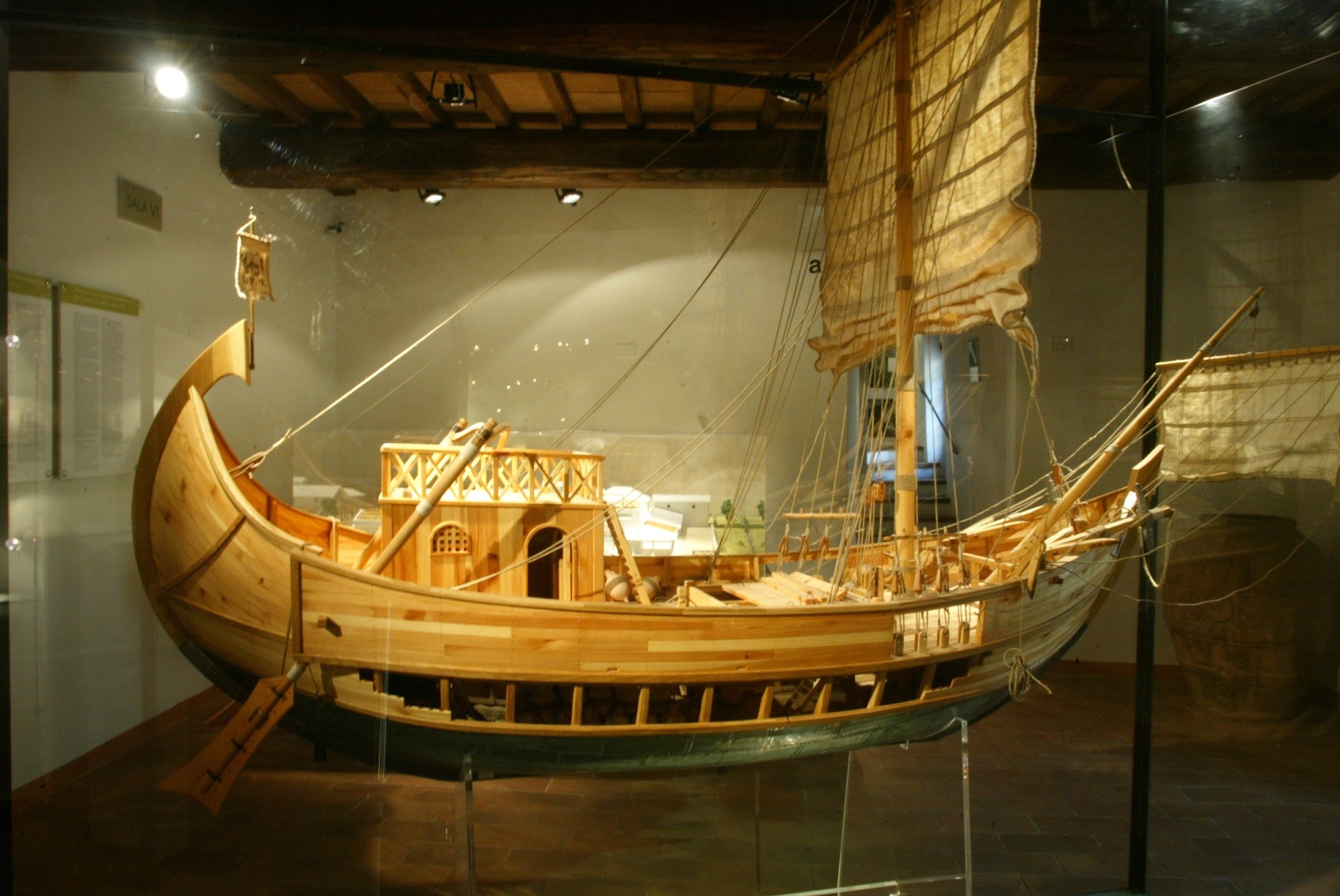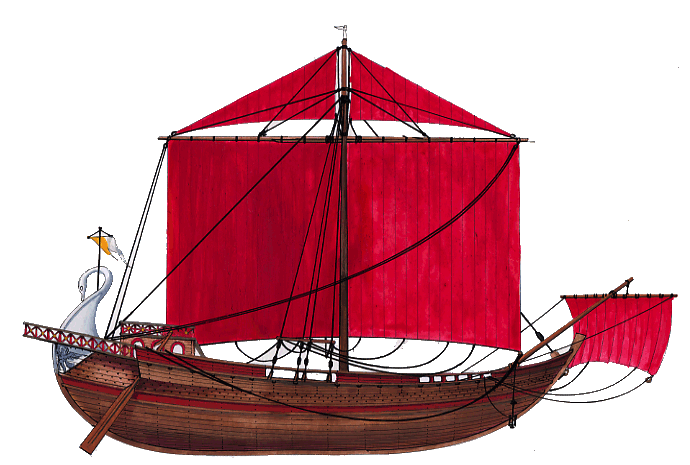You know your stuff Pecheneg. I've definitely been curious about the Nabataeans for awile now. I thought other than Petra, what were they like?
1. Hmm. Well, first you need to outline the geography. If we look at the desolate surroundings of Palestine, then, first of all, we notice Edom. Its historical axis is the Wadi al-Arab Valley between the Dead Sea and Aqaba/Eilat. Further south are two large oases - Teima and Dedan. And through all this there was a Road of incense to Yemen. At the same time, the subject of trade was not only the goods of Yemen itself/Happy Arabia. The local Arabs are very maritime, and sailed far to the south and east. What is important in the latter case - bypassing the Seleucids, with whom the Ptolemies chronically fought, Parthians, Sassanids, etc.
And to the east there is a narrow "isthmus" between the Syrian Desert and the Big Nefud Desert. Through which there was a road to Southern Mesopotamia and historical Bahrain (1) with its pearls. And there was an oasis of Duma. On the more northern route, the "modest" Palmyra had "a little" money, in the Duma it was more modest, but... In general, both roads converged in Edom, and there were also the largest copper deposits in the region.
Finally, bitumen was mined on the Dead Sea, which was used for mummification. Obviously, the huge population of Egypt at that time created an impressive demand.
2. At least since the time of late Assyria, all this was controlled by the Kedarites. The Duma is considered to be the center, and the state was very peculiar - sources mention not tsars, but queens.
3. It is not known exactly when and from where the Nabataeans appeared in the west of the Kedarite "empire". They spoke the Arabic dialect of southern Mesopotamia, and the Assyrians mention the Nabatu tribe.
On the other hand, the Nabataeans have "many gods in common" (c) with the Arabs of Hejaz (western Arabia), and "nbt" was used in Hejaz as the basis of tribal names. However, 1. it is well known how easily polytheists adopt other people's cults, especially in a new place 2. Eastern nabatu indicate that the "nbt" basis existed there as well.
In general, it is most likely that the Nabataeans migrated to the west through the "Duma corridor". The dates are blurred - 6-4 century BC. That is, after the collapse of the Assyrian Empire.
Anyway, in 363 BC, the Kidarites participate in an unsuccessful anti-Persian uprising, lose part of the territories - and the Nabataeans occupy Edom. In 312, the Seleucids try to conquer them, but the Nabataeans almost completely destroy the invading troops.
By the middle of the 2nd century BC, they also control Moab (possibly captured earlier). Then they disrupt the offensive of the first Maccabee on the Transjordan and terribly defeat the invading southern (2) Seleucids. As a result, the Nabataeans briefly captured Damascus and for a long time - the extreme south of Syria (Hauran). Later, Time and Dedan are captured. Then the Romans came and eventually annexed the kingdom.
4. As for the Nabataean army, there is little direct data about it. It is reasonably believed that they had a combination of traditionally Arab and Hellenistic (then Roman) elements.
The traditional Arab unit is, of course, camel riders with bows and darts. At the same time, 1. in the early version, they fought two on one animal, either because of the shortage of camels, or because of the imperfection of the control technology, or because of both at once. 2. Dismounting was a common practice. Moreover, the later Arabs fought mostly dismounted.
By the appearance of the Nabataeans, camel spearmen also appeared on the pages of history.
Even later, protected camels and swords with a length of four cubits (about 184 cm) are mentioned. And such swords are really known from Persia.
On the other hand, the Nabataeans clearly used Hellenistic weaponry and there are images of Eastern-style horse archers.
At the same time, sources mention only classical cavalry, and the bulk of the army according to them was infantry. Camel riders are not mentioned at all, but they clearly were. The most realistic option is that camel dragoons were also included in the infantry.
5. The Nabataeans obviously had a fleet. They tried to pirate at one time.
1) Historically, "Bahrain" is not only the islands, but the entire Saudi coast of the Persian Gulf (Al-Hasa) with a huge oasis.
2) The Seleucid state at a late stage split into the northern (with Antioch) and southern (Kelesiriya with Damascus + Phoenicia). Kelesiria is the lower/"sunken" Syria, the basin of Damascus.
 This is great. Eventually we'll probably have enough Avatar units to actually make an Avatar mod. But I don't know how, so I'm only good for the art.
This is great. Eventually we'll probably have enough Avatar units to actually make an Avatar mod. But I don't know how, so I'm only good for the art.I mean, it's okay for a Leaderhead or maybe Great Genarals, but not general units.

 . I'm from the former defensive line in the south. Now there are combat sofas instead of Nogai horses. That is, the number of experts in cold weapons and armor has grown incredibly compared to the 17th century.
. I'm from the former defensive line in the south. Now there are combat sofas instead of Nogai horses. That is, the number of experts in cold weapons and armor has grown incredibly compared to the 17th century.
 .
.





